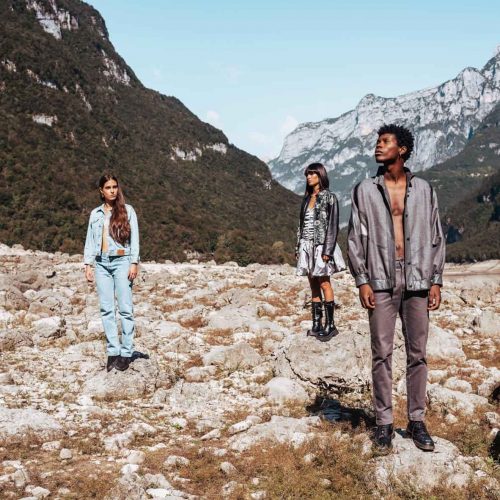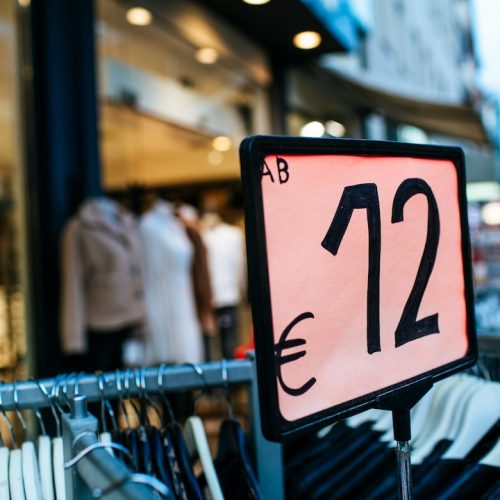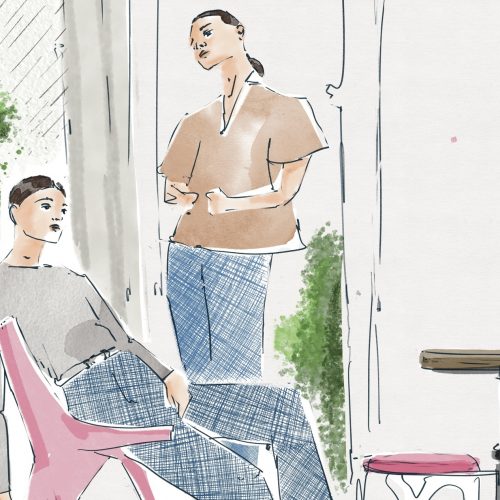Human Rights Movement In Fashion Shows
Fashion weeks are eye-catching, next to the runways that are luxurious and fantastic. But even in these shows, the reality of the fashion industry has been exposed by several activists and organizations. How is the relevance of human rights advocacy growing in fashion?
To receive the Luxiders newsletter, sign up here.
Human rights are essential elements in the life of any person. Their existence ensures the protection and well-being of many people around the world, since they guarantee justice, freedom, equality, security, etc. This is why the importance of defending human rights is increasing not only by individuals but also within businesses and large corporations.
The garment industry already employs approximately 300 million people (mostly women). It is an economic engine in several regions and it is expected to continue to grow in the coming years. The fashion industry also has a global reach with the potential to drive socio-economic development. Clearly, it is a sector with an active market and a great opportunity to contribute to the planet, through different strategies or transnational planning.
But, the main problem is that 60% of manufacturers in charge of the production of textiles, clothing and footwear, come from underdeveloped Asian countries. This implies low-income jobs, little social security, forced child labor, little work safety and laboral exploitation. Although labor rights are the biggest issue in the industry, there are also other human rights violations in terms of racial discrimination, gender inequality, carbon emissions, environmental degradation, lack of freedom of expression, etc.
Moreover to this lack of regulations and laws, there are national and international efforts to fight the phenomenon. Although human rights defenders are growing every day, it seems that it is not enough to generate a large-scale change.
PROTESTERS IN FASHION SHOWS
On some occasions, fashion shows in different capitals around the world have been interrupted by activists or protesters seeking to declare the damage done by certain brands. Examples worth remembering are Louis Vuitton's Spring Summer 2022 fashion show or Dior Prêt-à-Porter Spring Summer fashion show 2021.
At Louis Vuitton's Spring Summer 2022 fashion show, an activist paraded alongside the models with a sign seeking to raise awareness of the impact that mass production and consumption has on the environment. The manifestation took place with the message OVERCONSUMPTION=EXTINCTION, at that fashion week in Paris.
In 2021, during the Dior prêt-à-porter Spring Summer fashion show, an activist was also part of the runway with a message saying "We are all fashion victims". This idea by the organization Extinction Rebellion, was intended to go against the standards that the fashion industry generates and pressures on fashionistas that in somehow affects women's rights.
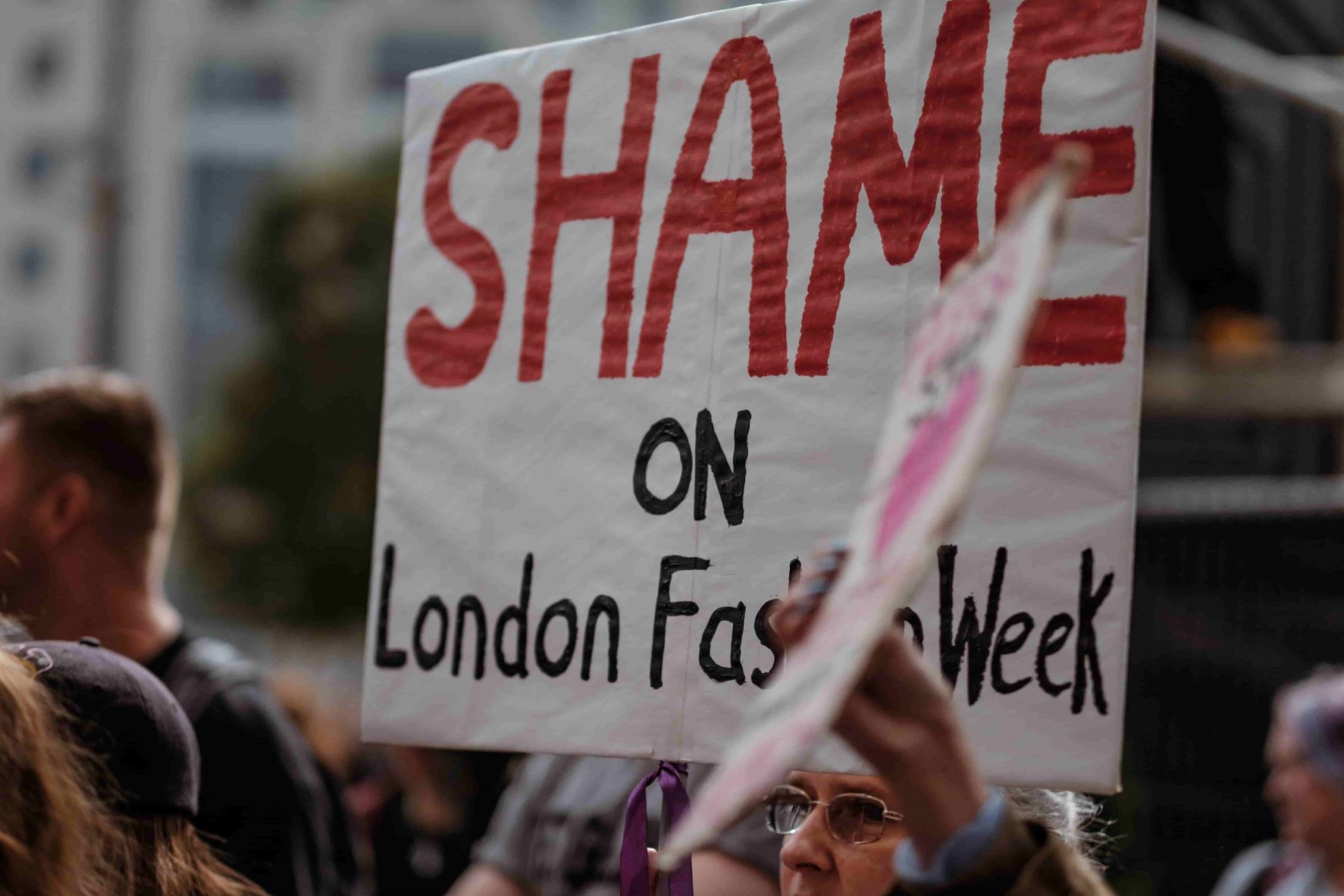
© Clem Onojeghuo
Also, the clothes themselves have functioned as pieces that transmit a struggle. In the 1960s, during the civil rights movement, in the U.S., black workers wore denim overalls as a show of solidarity among lower-class people and as a sign of resistance to socioeconomic inequality.
Fashion has also been a tool for the powerlees and the opressed in history to manifest and recliam their rights. The simplest clothes carried important meanings to make possible the change of society, to shout and be heard. Black activists used denim garments proudly to declare their discontent with class division and to honor the heritage of their families.
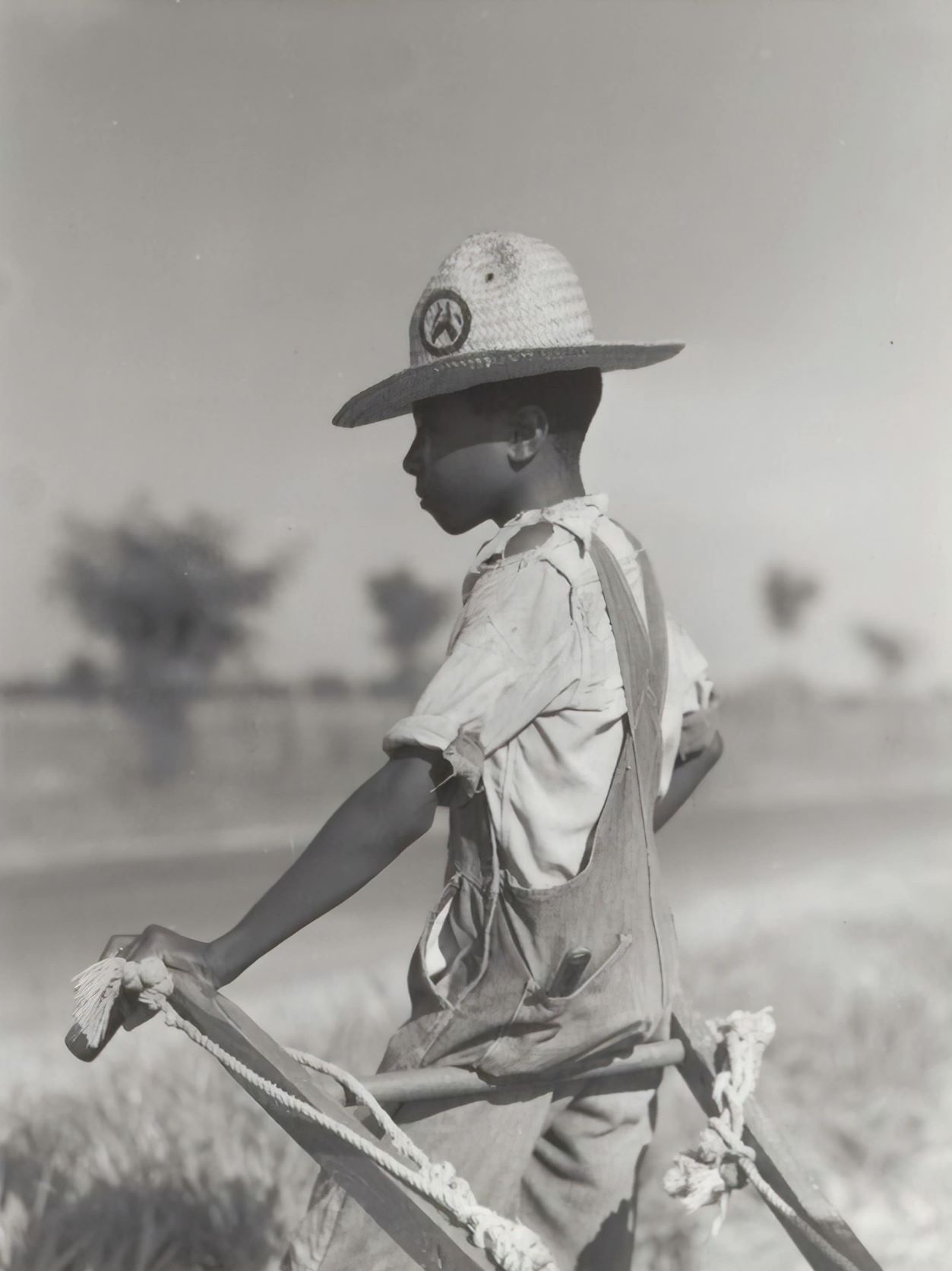
© The New York Public Library
While these are not the only demonstrations that have emerged over the years, it is important to analyze why they arise and where they come from. Often it seems that the most important thing is to avoid disruptions in fashion shows, rather than to put an end to the harmful effects behind them. Undoubtedly, the garment industry brings good things, but that doesn't mean it still has many areas in which to improve.
WHAT CHANGED? WHAT IS THE POWER OF HUMAN RIGHTS MOVEMENTS IN FASHION?
Visibility is the key for activism, and without such demonstrations many movements would not be known. Because of this kind of pressure, fashion brands are now incorporating sustainability and social responsibility systems or departments over their business models. Also, they are collaborating with several public and private agencies to create mandatory sustainable regulations and frameworks.
In addition, governments, non-governmental organizations and other relevant stakeholders have worked to implement: fair and ethical trade policies, policy forums for sustainable development, campaigns for waste and consumption awareness and educational programs about social and labor conditions in supply chains.
+ Words:
Regina Berndt
Luxiders Magazine

